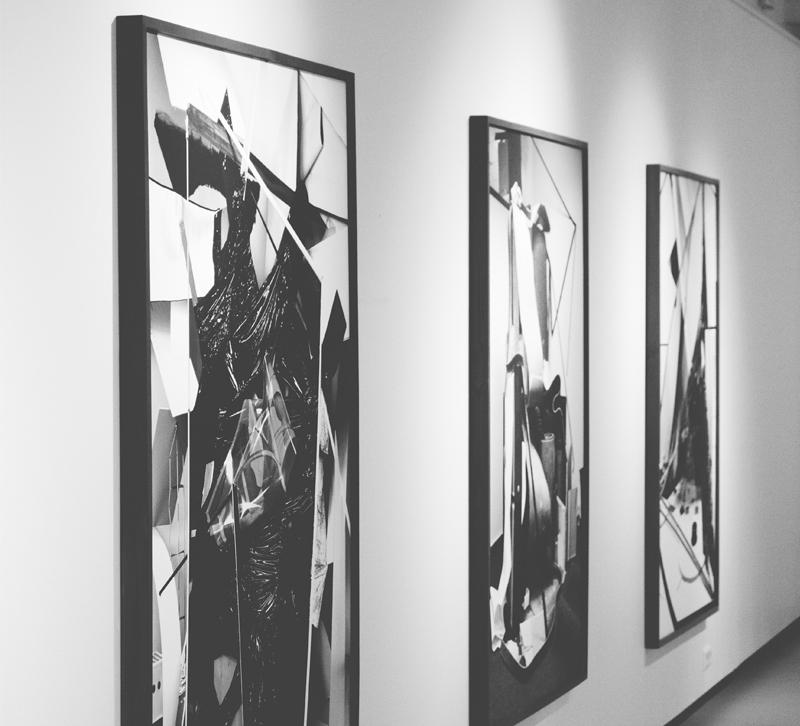As any good business professor will tell you, it's almost always a win when you diversify your business's assets. For independent home furnishings and lighting retailers that already excel in their merchandising, bringing in products from local artists will give your showroom something unique, one-of-a-kind and exciting to talk about and a reason for customers to visit your store, even when they're not looking for a sofa.
Partnering with a local artist and selling his or her artwork or products in your showroom can be a great way to diversify what you're selling and reach a different type of consumer. Furniture and lighting purchases usually happen once about every five years or so for most consumers. Showing products that change frequently gives them a good reason to stop by your showroom even when they're not ready to buy a new sectional.
If you're looking to change up your business in 2019, here's how to find and work with local artists.
Where to look
Small-time artists have a ton of great platforms to showcase their work, both physically and digitally. Meet them where they work and check out these platforms.
Etsy
The great thing about Etsy is that you can find just about any type of handcrafted products in just about any style. If your store mainly sells coastal furniture and accessories, for example, then you can easily find great artists whose products fit your store's motif.
Etsy allows you to search by location, which makes the hunt that much easier. Each profile will tell you a little bit about the artist and how to contact them.
A visual platform for visual media, Instagram reigns as the favorite platform for designers and artists. It's a popular social media destination for art lovers, and it gives artists an easy way to connect with their followers.
Retailers benefit from Instagram because they will have an idea of how large and active a particular artist's following really is. While the size of the following matters, artists with active, yet smaller followings may be a better choice. Active followers are more likely to turn out and support their favorite artists, so don't discount artists with smaller followings.
Craft and art fairs
It may be too late to check out holiday craft fairs now, but in the springtime, craft fairs will be teeming with local artists and designers.
Here, you'll be able to see the artist's work in person and get an idea of how many people seem interested in his or her work. You can also meet the designer in person and get a better idea of what working with them might be like than you could through email or direct messages on social media.
Chamber of Commerce
Your local chamber of commerce is a great resource for connecting with other businesses in your area, and they might know artists looking for retail representation. Reach out to your chamber of commerce and let them know you're interested in hosting an artist's work in your showroom. You might get a few good recommendations.
Tips for working with local artists
If you choose to collaborate with an artist in your area, here are a few things to keep in mind as you navigate this new relationship.
- Consider your location and customer when determining what products to showcase. If your store is near a cluster of other smaller specialty stores with good foot traffic, then gifty products like candles and jewelry would fit well. These are easy products for shoppers not quite ready to buy furniture, but willing to support local artists. If your store is large or in a more isolated space, wall art and other furniture or lighting products might be a better fit, though you don't have to rule out gift items entirely. Have a good idea for what kind of products you want to feature before you contact an artist.
- Meet the artist in person and ask tons of questions. It's always best to meet a partner in person to get a feel for his or her personality and what it will be like to work with them. When you meet up, leave no rock unturned. This is your chance to learn everything about the artist and his or her professional life, so ask about how long they've been designing, what their production schedule is like, how many products they'd like to show and what their production capacity is.
- Set up a formal contract. Before any products move into your showroom, draw up a formal contract and outline what each party is responsible for. You should note where the products will be placed in your showroom, how the payment process will be handled and what will be expected of each person. Outline how often your showroom should get any new products and when and how the artist will be paid for products sold. This is your chance to protect your business, so have a lawyer look over your contract if you need it.
- Offer a trial time. If you like an artist but aren't ready to commit, offer to do a short trial period or a pop-up-like experience. Promote it on social media and through your email subscriber list and see what reaction you get. If everything seems to be going well, you can move forward with a more formal contract. Some experiences work better as short-term opportunities.
Retailers, share with us: Do you show work from local artists in your showroom? Tell us about them in the comments!
Photo: Dom J from Pexels







